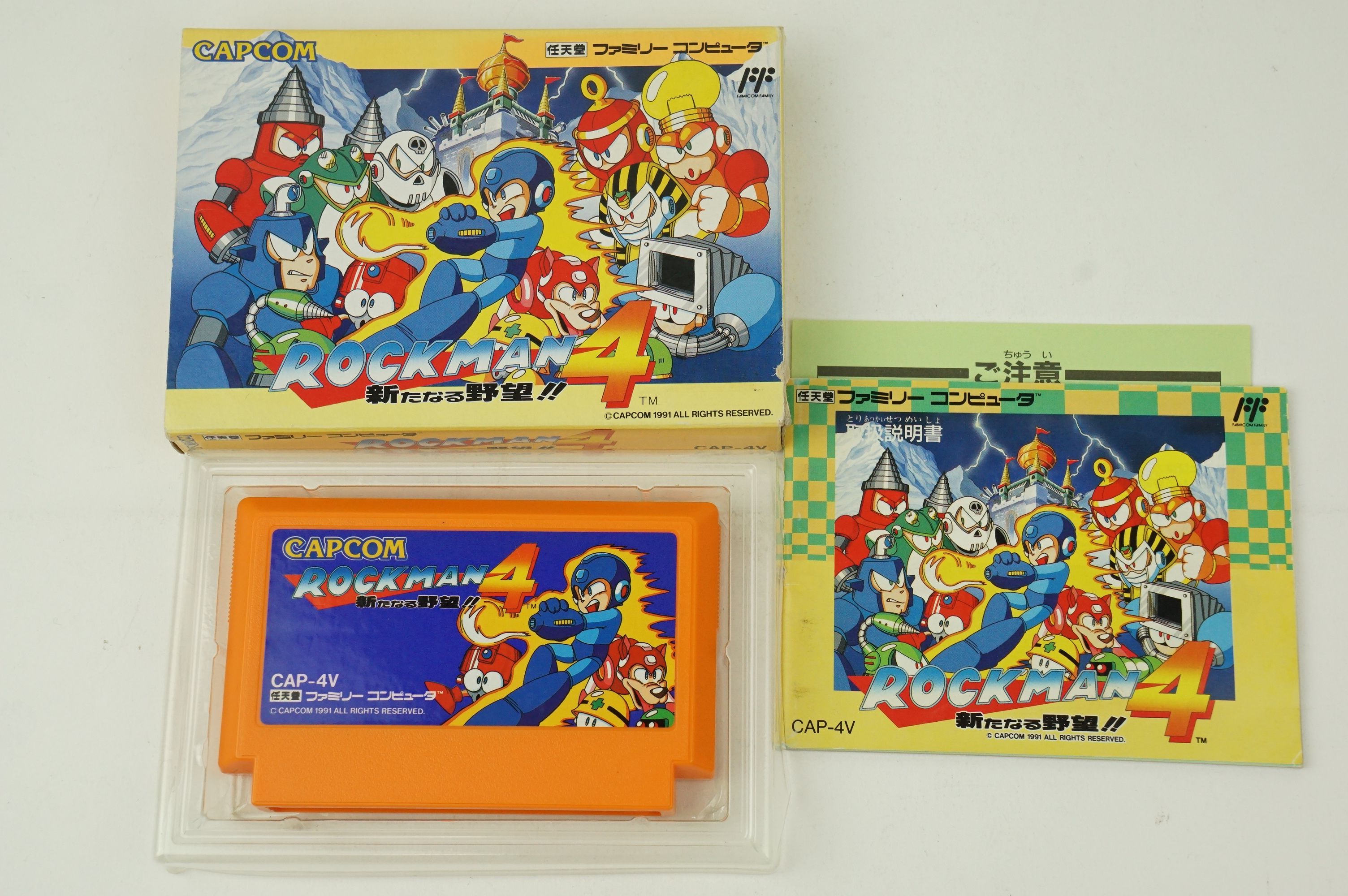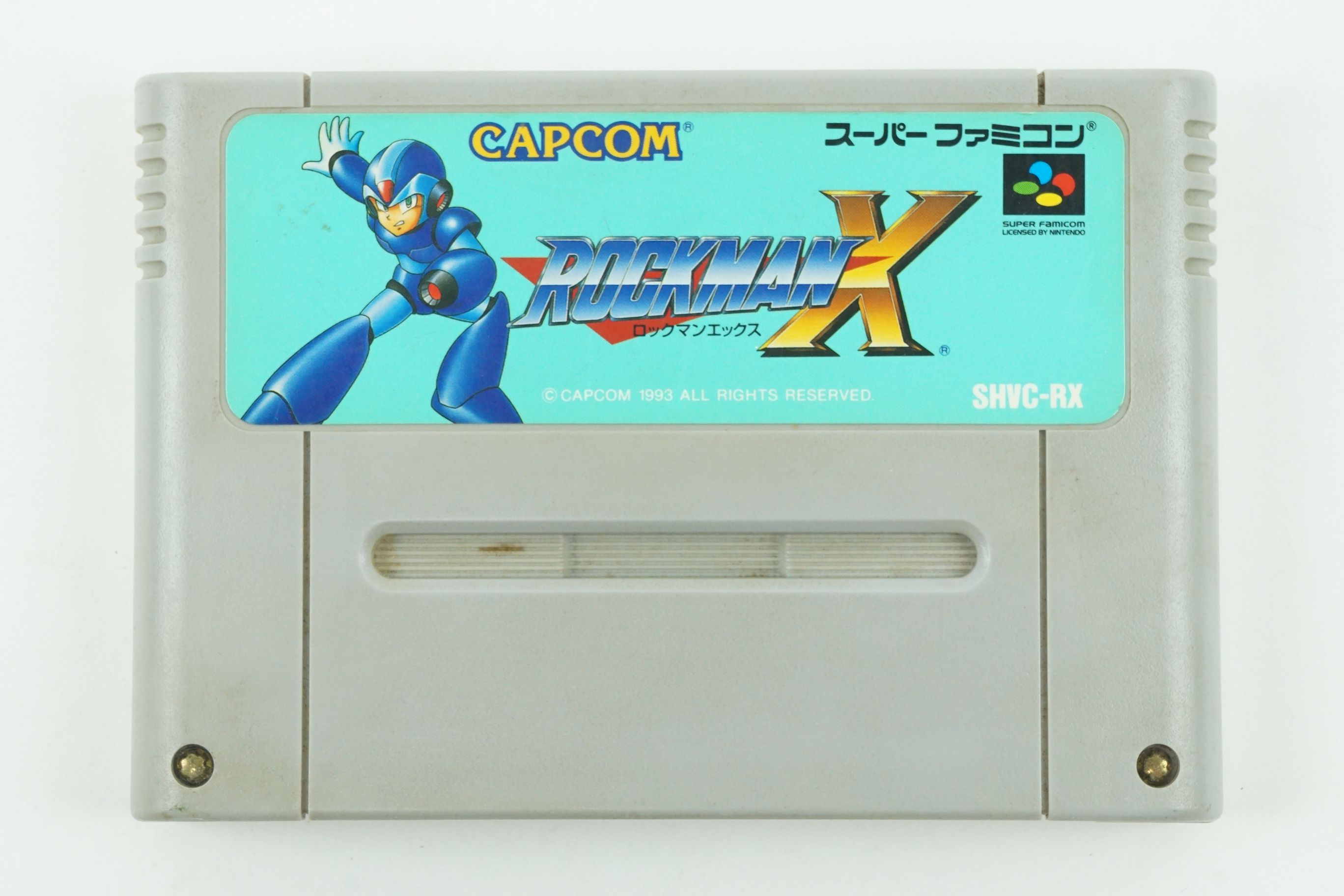

In 1984, a revised version of the Famicom was released in Japan which fixed many of the problems with the launch version. Both parties walked away from the whole thing with the rights to port each other's games to their systems and not much else.īut Nintendo wasn't discouraged. The deal fell through, and then The Great Video Game Crash of 1983 torpedoed any immediate plans Nintendo might have otherwise had. Due to the wording of the contract, Coleco claimed that the ADAM was technically a console because it used cartridges., and things were further complicated when Atari CEO Ray Kassar was fired while negotiations were still ongoing.
#FAMICOM KEYPAD LAYOUT ROCKMAN PC#
But then Coleco demonstrated a port of Donkey Kong on the ADAM PC during Summer CES 1983.
#FAMICOM KEYPAD LAYOUT ROCKMAN LICENSE#
Nintendo offered Atari a license to distribute a home computer version of Donkey Kong, assuring them that Coleco only owned the console rights.

However, the deal stalled when Atari brought up concerns regarding the rights to porting Donkey Kong note The issue was the nature of Nintendo's licensing deal with Coleco.

They reached out to Atari, the most successful video game company in the region, to make a distribution deal and launch the console there as the Nintendo Advanced Video Entertainment System.

Nintendo looked across the Pacific to see if they could take advantage of the American console craze. Nintendo could, however, take solace in the fact that nobody else was really doing very much with home consoles in Japan either. But there also wasn't really an appetite for home consoles in Japan, as consumers there preferred the social aspect of the arcade or the power and versatility of the PC. Nintendo's inexperience was evident, as the console was poorly put together and didn't always work correctly. But initially, it wasn't all that popular. Nintendo launched the Famicom in Japan in July 1983. Indeed, America was in the throes of a console gaming boom, and one of the most popular games there was a licensed port of Donkey Kong on the ColecoVision. Although Nintendo was not very experienced in making that kind of hardware, they were pretty confident in their game lineup. Nintendo soon decided to jump into the home console market and developed the Famicom. The longstanding pachinko parlors morphed into Arcades, and in 1981 Nintendo had its Killer App for the arcade: the original Donkey Kong. History Launch in Japan Nintendo had long been a major player in the Japanese game market. But "NES" is its most iconic name, at least among English speakers. In other countries, it was not made under license Eastern Europe, India, China, and the Middle East all had their own clone versions, with the most famous being the East Asian "Micro Genius" and the Soviet Dendy. In South Korea, it's the Hyundai Comboy (in Hangul 현대 컴보이), made under license by Hynix. It's also not exactly the same as the NES, as the latter is a bit of a Product Facelift for the North American market. This, technically speaking, is the console's original name. In Japan, it was the Famicom, short for "Family Computer". The NES went by many names around the world. It's still very much an icon of video games, even if its hardware may seem a little quaint by today's standards. It was the initial console for many of gaming's oldest franchises, introduced the modern third-party licensing model for video games, and set the standards for game consoles' control pads. It provided Nintendo with its oldest and longest-lasting entrant in the Console Wars. The Nintendo Entertainment System, commonly known as the NES, is one of the most famous video game consoles in history, having ushered in The 8 Bit Era Of Console Video Games and saved video games in North America from The Great Video Game Crash of 1983.


 0 kommentar(er)
0 kommentar(er)
